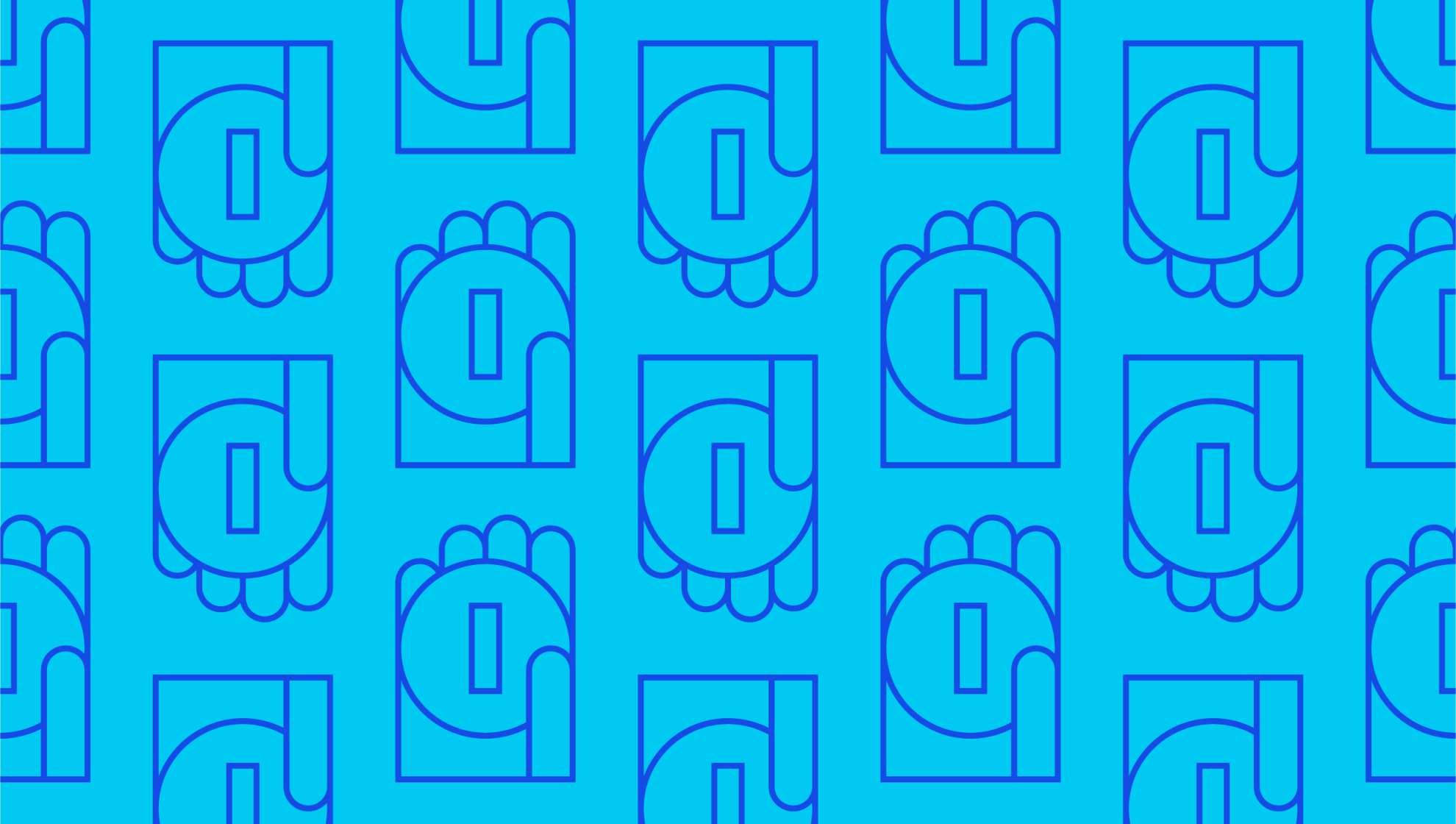
What is a money order?
Last editedAug 20212 min read
Money orders are a secure form of payment that can be obtained from a bank and used in the place of cash or checks to settle payments owed to creditors. Find out more about how to deposit a money order and the maximum amounts for money orders, right here.
How do money orders work?
In order to pay with a money order, you’ll need to prepare in advance by going to the bank or to another seller to obtain it. You can buy money orders at places such as Post Offices and Western Unions provided that you pay upfront, or you can visit your bank to get your order. You’ll need to know the details of the person you want to pay and whether you want to balance the payment in cash or by card.
The form will need both your details and your payee’s details. It also needs to be signed by both you and the person you’re paying, which is one of the reasons it’s considered a safe payment option. There’s also usually an option to add a reference, so your payee knows who the money is coming from and what you’re paying for. This is particularly relevant if you’re paying bills or balancing an account.
You should then get a receipt for your money order, which will contain all the details you’ve filled out. Not only should you keep this as your proof of payment, but it will enable you to track your money order to make sure the money reaches its intended recipient, while also helping you stay on top of your expenses.
How much does a money order cost?
As well as covering the cost of the money order, you’ll likely have to pay a little extra to cover the service charge associated with a money order. There’s no set rate for this and is decided by the individual store or bank – so it may be worth looking around to see if you’re getting the best value for money.
How to deposit a money order
You can cash a money order in a similar way to cashing a check. You don’t have to go to the bank or store that issued the order to be able to cash it, but you may find that this can speed up the process. Similarly, you can take it to your bank and have it paid into your bank account rather than withdrawing the cash itself. Because money orders don’t typically include your bank account number, you’ll have to go to your bank to make sure it reaches the right place. There shouldn’t be a fee for depositing a money order – unlike creating one.
Maximum amounts for money orders
Limits on money orders are set by each individual issuer so it’s worth looking around to see if you can find one that best meets your needs. However, there is typically a cap at around $1,000 – which is the standard for Post Offices. Some banks choose to set their limits lower than this.
What are the benefits of money orders?
Money orders are often considered the safer option when it comes to making secure payments, with many people choosing to use them instead of cash or checks. The first obvious benefit is that you don’t need to have a checking account in order to use them and you also don’t need to include your account details. This means you get the benefit of a guaranteed payment (unlike with personal checks) without having to disclose your information. You can also mitigate the risk of theft when you’re paying by post if you use a money order instead of the cash amount.
We can help
GoCardless helps you automate payment collection, cutting down on the amount of admin your team needs to deal with when chasing invoices. Find out how GoCardless can help you with ad hoc payments or recurring payments.
